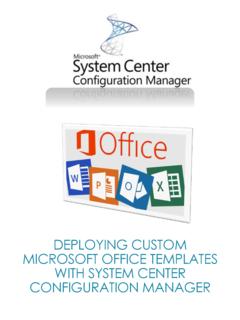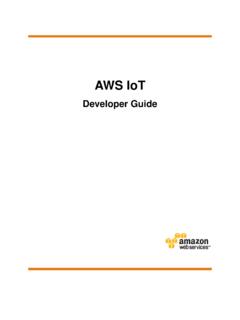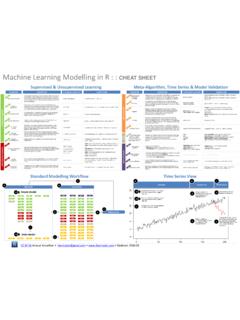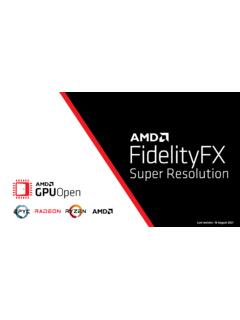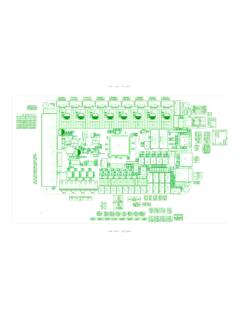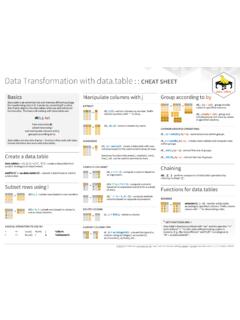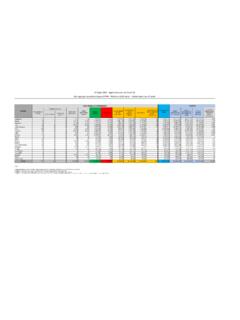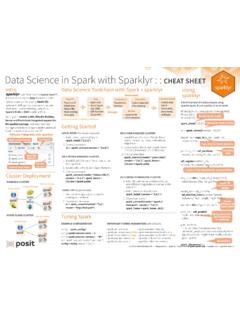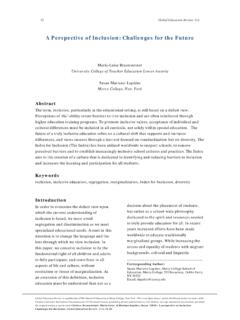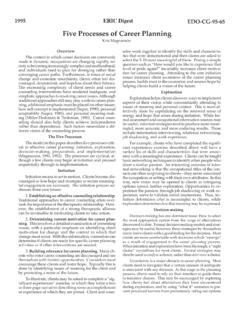Transcription of Fundamentals of Digital Logic withVerilog Design
1 December 31, 2012 09:16vra80547_titleSheet number 1 Page number imagentablackFundamentalsofDigital Logic with Verilog DesignTHIRD EDITIONS tephen Brown and Zvonko VranesicDepartment of Electrical and Computer EngineeringUniversity of TorontoJanuary 31, 2013 11:41 vra80547_copy Sheet number 1 Page number iimagentablackFUNDAMENTALS OF Digital Logic WITH VERILOG Design , THIRD EDITIONP ublished by McGraw-Hill, a business unit of The McGraw-Hill Companies, Inc., 1221 Avenue of the Americas,New York, NY 10020.
2 Copyright 2014 by The McGraw-Hill Companies, Inc. All rights reserved. No part ofthis publication may be reproduced or distributed in any form or by any means, or stored in a database orretrieval system, without the prior written consent of The McGraw-Hill Companies, Inc., including, but notlimited to, in any network or other electronic storage or transmission, or broadcast for distance ancillaries, including electronic and print components, may not be available to customers outside theUnited book is printed on acid-free 978 0 07 338054 4 MHID 0 07 338054 7 Managing Director:Thomas TimpDirector:Michael LangeGlobal Publisher:Raghothaman SrinivasanDevelopmental Editor:Vincent BradshawMarketing Manager:Curt ReynoldsDirector, Content Production.
3 Terri SchieslSenior Project Manager:Melissa M. LeickBuyer:Susan K. CulbertsonMedia Project Manager:Prashanthi NadipalliCover Design :Studio Montage, St. Louis, Missouri(USE) Cover Image:Steven Brown and Zvonko VranesicCompositor:Techsetters, :10/12 Times RomanPrinter:R. R. Donnelley, Crawfordsville, INLibrary of Congress Cataloging-in-Publication DataBrown, of Digital Logic with Verilog Design / Stephen Brown and Zvonko Vranesic. Third cmISBN 978 0 07 338054 4 (alk. paper)1. Logic circuits Design and construction Data processing.
4 2. Verilog (Computer hardwaredescription language). 3. Computer-aided Design . I. Vranesic, Zvonko G. II. 2 31, 2012 09:15vra80547_dedSheet number 1 Page number iiimagentablackTo Susan and AnneThis page intentionally left blank December 31, 2012 09:08vra80547_ataSheet number 1 Page number vmagentablackvAbout the AuthorsStephen Brownreceived his degree in Electrical Engineering from the Universityof New Brunswick, Canada, and the and degrees in Electrical Engineeringfrom the University of Toronto.
5 He joined the University of Toronto faculty in 1992, wherehe is now a Professor in the Department of Electrical & Computer Engineering. He is alsothe Director of the worldwide University Program at Altera research interests include field-programmable VLSI technology and computer ar-chitecture. He won the Canadian Natural Sciences and Engineering Research Council s1992 Doctoral Prize for the best thesis in Canada and has published more than 100scientific research has won five awards for excellence in teaching electrical engineering, computerengineering, and computer science courses.
6 He is a coauthor of two other books:Funda-mentals of Digital Logic with VHDL Design , 3rd ed. andField-Programmable Gate Vranesicreceived his , , and degrees, all in Electrical Engi-neering, from the University of Toronto. From 1963 1965 he worked as a Design engineerwith the Northern Electric Co. Ltd. in Bramalea, Ontario. In 1968 he joined the Univer-sity of Toronto, where he is now a Professor Emeritus in the Departments of Electrical &Computer Engineering and Computer Science. During the 1978 1979 academic year, hewas a Senior Visitor at the University of Cambridge, England, and during 1984 1985 hewas at the University of Paris, 6.
7 From 1995 to 2000 he served as Chair of the Divisionof Engineering Science at the University of Toronto. He is also involved in research anddevelopment at the Altera Toronto Technology current research interests include computer architecture and field-programmableVLSI is a coauthor of four other books:Computer Organization and Embedded Systems,6th ed.; Fundamentals of Digital Logic with VHDL Design , 3rd ed.;Microcomputer Struc-tures; andField-Programmable Gate Arrays. In 1990, he received the Wighton Fellowshipfor innovative and distinctive contributions to undergraduate laboratory instruction.
8 In2004, he received the Faculty Teaching Award from the Faculty of Applied Science andEngineering at the University of has represented Canada in numerous chess competitions. He holds the title ofInternational 31, 2012 09:15vra80547_prefaceSheet number 1 Page number vimagentablackviPrefaceThis book is intended for an introductory course in Digital Logic Design , which is a basiccourse in most electrical and computer engineering programs. A successful designer ofdigital Logic circuits needs a good understanding of basic concepts and a firm grasp of themodern Design approach that relies on computer-aided Design (CAD) main goals of the book are (1) to teach students the fundamental concepts inclassical manual Digital Design and (2) illustrate clearly the way in which Digital circuitsare designed today, using CAD tools.
9 Even though modern designers no longer use manualtechniques, except in rare circumstances, our motivation for teaching such techniques isto give students an intuitive feeling for how Digital circuits operate. Also, the manualtechniques provide an illustration of the types of manipulations performed by CAD tools,giving students an appreciation of the benefits provided by Design automation. Throughoutthe book, basic concepts are introduced by way of examples that involve simple circuitdesigns, which we perform using both manual techniques and modern CAD-tool-basedmethods.
10 Having established the basic concepts, more complex examples are then provided,using the CAD tools. Thus our emphasis is on modern Design methodology to illustratehow Digital Design is carried out in practice book discusses modern Digital circuit implementation technologies. The emphasis is onprogrammable Logic devices (PLDs), which is the most appropriate technology for use in atextbook for two reasons. First, PLDs are widely used in practice and are suitable for almostall types of Digital circuit designs.
